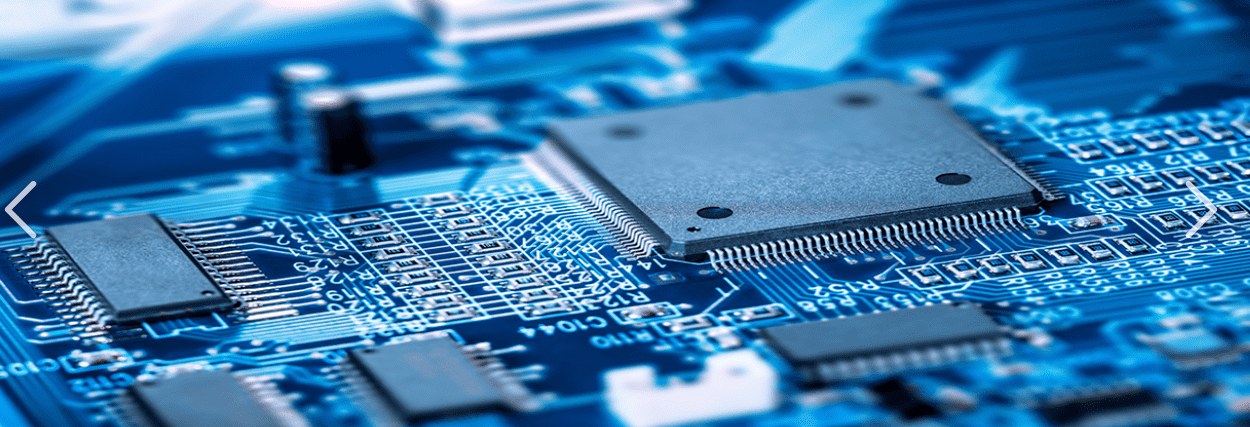
05 Jun Exploring IoT Services: Hardware Design
Shaping the Future with Optimized Hardware Design
IoT services include hardware design and software engineering. The Internet of Things (IoT) is turning into a transformative technology this is revolutionizing every organization and normal lives. Every a success IoT device requires a properly-designed hardware architecture that allows devices to attach, communicate, and perform their supposed activities. We will explore the interesting world of IoT services in this post, paying particular attention to hardware design, key considerations of hardware design, the role of hardware designers, and hardware components.
Understanding IoT Hardware Design
The process of designing the physical parts and circuits that make up an IoT system’s framework is known as IoT hardware design. It requires carefully deciding which electronic parts, sensors, actuators, communication modules, power sources, and other crucial components are needed for smooth connectivity and functionality.
Key Considerations in IoT Hardware Design
Power Efficiency:
IoT devices are often deployed in remote or inaccessible locations where battery life is a critical factor. Hardware designers must prioritize power efficiency to ensure extended operational periods without the need for frequent maintenance or battery replacements.
Connectivity Options:
IoT devices rely on different communication protocols such as Wi-Fi, Bluetooth, Zigbee, or cellular networks to connect and exchange data. The hardware design should support the chosen connectivity options, considering factors like range, bandwidth, security, and compatibility.
Sensor Integration:
Sensors are the sensory organs of an IoT system, enabling devices to collect real-time data from the physical world. In order to ensure accurate and trustworthy data collecting, hardware designers must carefully choose and integrate the right sensors that are in line with the planned application.
Scalability and Flexibility:
Scalability and adaptability are crucial as IoT systems develop and grow further. Hardware designs should be modular and adaptable, allowing for easy integration of additional sensors or functionalities and supporting future upgrades and expansions.
Security Measures:
With the growing concerns surrounding IoT security, hardware design must incorporate robust security features at the device level. Measures like secure authentication, encryption, and firmware protection help safeguard IoT devices from cyber threats and ensure data integrity and privacy.
Cost Optimization:
Achieving cost-effective hardware design is crucial for wider adoption of IoT solutions. Designers should strike a balance between performance, functionality, and affordability, making IoT devices accessible to various industries and consumers.
Data-driven Insights:
IoT services collect vast amounts of data from connected devices and sensors. Proper hardware design ensures accurate data collection, enabling businesses and organizations to gain valuable insights into customer behavior, operational efficiency, and environmental conditions. These insights help in making informed decisions and optimizing processes.
Enhanced User Experience:
IoT services and hardware design contribute to creating a better user experience. By connecting devices, users can enjoy personalized and intuitive interactions with their surroundings. From smart homes to wearable devices, IoT enhances convenience, comfort, and accessibility for users.
The Role of Hardware Designers
Hardware designers play a pivotal role in shaping the success of IoT solutions. Their expertise in circuit design, electronic components, embedded systems, and connectivity protocols ensures the seamless integration and functionality of IoT devices. Hardware designers contribute to the development of a cohesive ecosystem in which systems, networks, and software coexist to provide insightful data and improve user experiences. They collaborate with software engineers and data analysts to do this.
Hardware Design Components
IoT hardware design encompasses various components to ensure the successful development and functionality of IoT devices. Some essential elements included in IoT hardware design are:
Microcontrollers/Processors:
Select a microcontroller or processor that the device needs in terms of processing speed, memory, and network connectivity.
Sensors and Actuators: integrating sensors and actuators, which perform physical actions in reaction to commands, to gather environmental data such as temperature, humidity, motion, light, or pressure.
Power Supply: Designing power management systems that efficiently handle power sources and consumption, including batteries, energy harvesting techniques, and power regulators to ensure uninterrupted device operation.
Connectivity: Choosing the appropriate communication protocols, such as Wi-Fi, Bluetooth, Zigbee, or cellular technologies (4G, 5G), to establish reliable connectivity between devices and the network.
PCB Design: Creating a well-designed Printed Circuit Board (PCB) layout to integrate all hardware components effectively, considering size constraints, signal integrity, and thermal management.
Mechanical Design: includes mechanical parts and housings that give the IoT device physical security, dependability, and usability.
Security Features: applying security measures in place, such as encryption, authentication techniques, and secure communication channels that protect the device, data, and user privacy.
User Interface: To make it simpler for people to interact with and use technologies like buttons, displays, and touchscreens, simple user interfaces are created.
Environmental Considerations: Considering environmental elements such as temperature, humidity, and vibration guarantee the hardware’s durability and dependability under diverse working circumstances.
Compliance and Certifications: following industry norms and legal criteria, such as data protection legislation, electromagnetic compatibility (EMC) standards, and safety certifications.
Scalability and Upgradability: Including scalability and upgradeability into the hardware design to allow for future improvements, added features, or compatibility with developing technologies.
Testing and Validation: Make that the hardware is reliable, functional, and follows design criteria by putting it through extensive testing and validation methods.
Conclusion
In the ever-evolving landscape of IoT services, hardware design acts as a crucial enabler, bridging the gap between physical devices and the digital realm. By addressing power efficiency, connectivity, sensor integration, scalability, security, and cost optimization, hardware designers pave the way for innovative IoT applications across industries. As IoT continues to reshape our world, hardware design will remain a vital component in unlocking its full potential and driving the next wave of technological advancements.